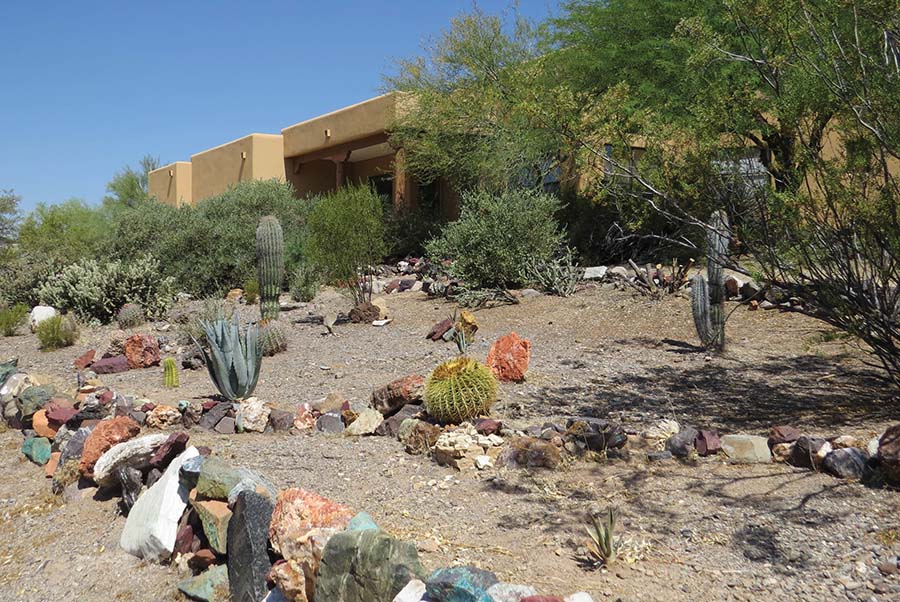Both Cave Creek and Carefree get most of their municipal water from the Colorado River via the Central Arizona Project (CAP) canal. Nearly 90% of Colorado River water comes from snowpack in the Rocky Mountains. But climate change/global warming is making reduced inflow the “new normal.” Major reservoirs on the Colorado River have already drawn down to about ¼ of capacity.
Arizona will not run out of water. But major water usage reductions statewide are starting to occur. Farmers and developers in Pinal County are seeing the reduced availability of CAP water. They knew the cutbacks might come. Reverting to increased use of groundwater is a possible solution. But groundwater is our “money in the bank,” as was the goal when the CAP canal was built. Those reserves need to be protected.
At this time Cave Creek is using about ¾ of its allocation and the community is still growing. The price of water is certain to go up as demand increases and our CAP allocations do not. Water is available on the open market; but for a purchase price far greater than our CAP water allocation. The rate payers of Anthem are experiencing that.
Currently, about a third of our citizens are using well water. Many residents on the west side of Cave Creek have to truck expensive water and consequently making major adjustments in water use. Unlike the rest of us, it’s not by choice. Most wells in the main part of town are in good shape. For now. While we may have no legal requirement to connect more homes to municipal water, I still believe we have the obligation to serve all our citizens when and how we can.
By far, the greatest use of water in most homes is outdoors. That’s relatively easy to reduce. Drip systems are major water users and expensive to maintain. Grass and non-native plants require a lot of water. Consider xeriscaping; landscaping with native drought tolerant plants.(See photo)

If the swimming pool is only used a part of the year when the water temperature permits, and the grandchildren are becoming independent, think of how much you can save in water and money by phasing it out. How much does the “pool guy” cost you? The “Y” has a great pool with a lifeguard on duty, and the water is temperature controlled.
Reverse osmosis water treatment systems waste most of the water they use. Can you really tell the difference, especially in drinks and cooking? Reduced flow toilets and lower-flow shower heads are minor inconveniences. Every little bit helps.
Still, it’s the outdoor irrigation system and swimming pool that leave the greatest potential to conserve water. Take pride in native vegetation. Instead of spending money on a home pool, the grandkids can enjoy a larger inheritance to pay for college. Long range, surely that does more for them than a diminishing number of days around the pool.
Thomas McGuire
Cave Creek




